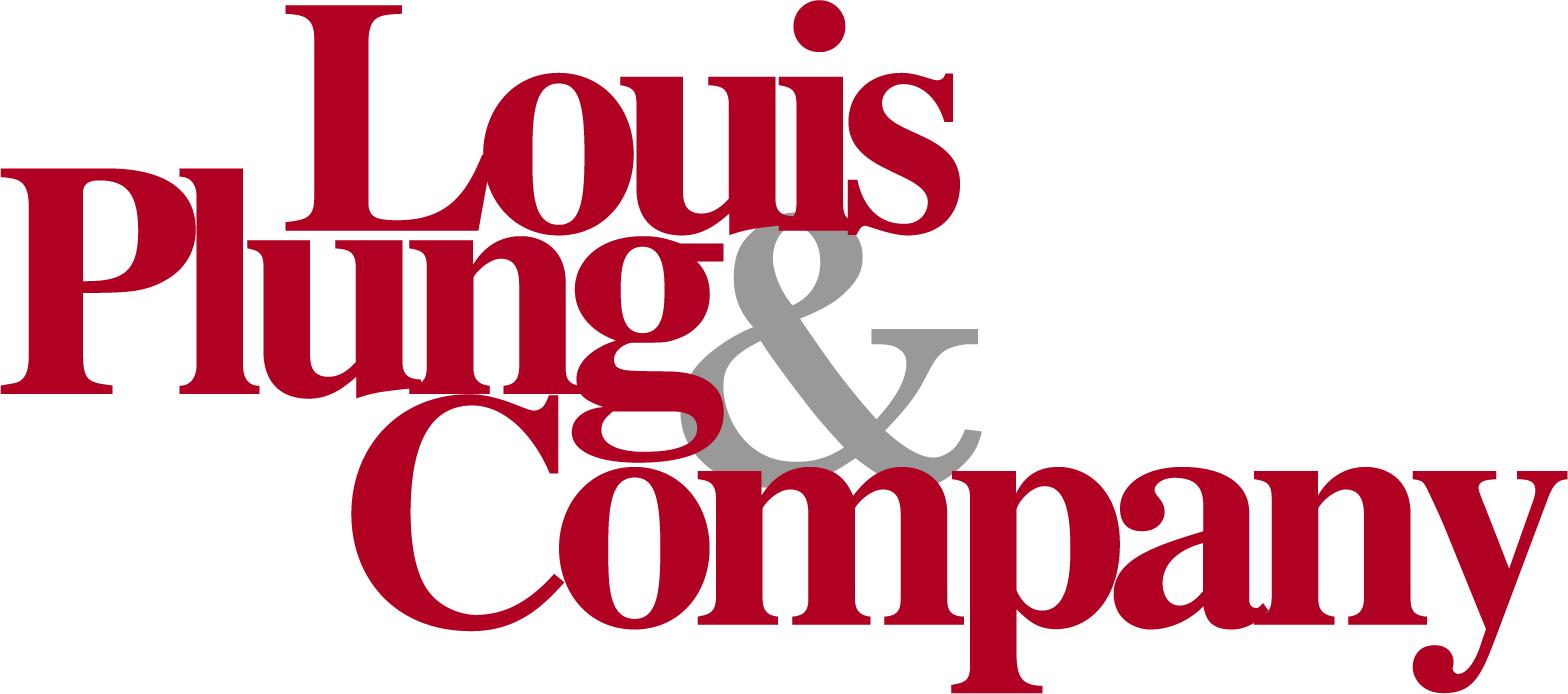SBA Issues Updated Paycheck Protection Program Rules for Self-Employed Taxpayers

On April 14, 2020, the SBA issued supplemental interim final rules for the Paycheck Protection Program (“PPP”) which includes additional guidance for individuals with self-employment income who file a Form 1040, Schedule C. This additional guidance also significantly impacts partnerships applying for PPP loans.
Individuals with Self-Employment (Schedule C) Income
While it was previously understood that self-employed taxpayers would be able to receive PPP loans, the new guidance provides four specific criteria for determining eligibility:
- In operation on February 15, 2020;
- An individual with self-employment income (such as an independent contractor or sole proprietor);
- Principal place of residence is in the United States; and
- File or will file a Form 1040 Schedule C for 2019.
Individuals who meet those criteria and are not partners in a partnership (more on that later) may submit a PPP loan application. The SBA will issue additional guidance for individuals with self-employment income who were not in operation in 2019 but were in operation on February 15, 2020 and will file a Form 1040 Schedule C for 2020.
The updated guidance also states that participation in the PPP may affect self-employed taxpayer’s eligibility for state unemployment compensation or unemployment assistance programs, or Employee Retention Credits.
The calculation of the maximum loan amount for a self-employed individual depends on whether or not they have other employees. For self-employed individuals with no employees, the calculation is based on the following:
Step 1: 2019 Form 1040 Schedule C line 31 net profit (limited to $100,000). If the amount is zero or a loss, the taxpayer is not eligible for a loan.
Step 2: Divide the amount from Step 1 by 12 to calculate “average monthly net profit”.
Step 3: Multiply the average monthly net profit by 2.5.
Step 4: Add the outstanding amount of any Economic Injury Disaster Loan (“EIDL”) made between January 31, 2020 and April 3, 2020 that you seek to refinance, less the amount of any advance under an EIDL COVID-19 loan (because it does not have to be repaid).
Self-employed individuals must provide a 2019 Form 1040 Schedule C with their PPP application to substantiate the applied-for PPP loan amount, regardless of whether they have yet filed a 2019 tax return with the IRS. Applicants must also provide a 2019 Form 1099-Misc detailing non-employee compensation received, invoice, banks statements, or book of record establishing that they are self-employed. To verify that they were operating on or around February 15, 2020, applicants will need to provide a 2020 invoice, bank statements, or book of record.
Self-employed individuals with employees may include compensation and benefits paid in the calculation of the maximum PPP loan amount. For these individuals, the calculation is based on the following:
Step 1: Compute 2019 payroll by adding the following:
- 2019 Form 1040 Schedule C line 31 net profit (limited to $100,000). If the amount is zero or a loss, set this amount to zero.
- 2019 gross wages and tips paid to employees whose principal place of residence is in the United States using 2019 IRS Form 941 taxable Medicare wages and tips (line 5c – col. 1) for each quarter plus any pre-tax employee contributions for health insurance or other fringe benefits excluded from taxable Medicare wages and tips; subtract any amounts paid to any individual employee in excess of $100,000 annualized and any amounts paid to any employee whose principal place of residence is outside the United States; and
- 2019 employer health insurance contributions (health insurance component of Form 1040 Schedule C line 14), retirement contributions (Form 1040 Schedule C line 19), and state and local taxes assessed on employee compensation (primarily under State Unemployment Tax Act, or SUTA, from state quarterly wage reporting forms).
Step 2: Divide the total amount from Step 1 by 12 to calculate “average monthly net profit”.
Step 3: Multiply the average monthly net profit by 2.5.
Step 4: Add the outstanding amount of any Economic Injury Disaster Loan (“EIDL”) made between January 31, 2020 and April 3, 2020 that you seek to refinance, less the amount of any advance under an EIDL COVID-19 loan (because it does not have to be repaid).
In addition to a 2019 Form 1040 Schedule C, applicants with employees must also provide quarterly Form 941’s, quarterly state unemployment insurance records, or equivalent payroll processing records, along with evidence of any retirement and health insurance contributions, if applicable. A payroll statement from the pay period covering February 15, 2020 is also required to establish operations at that date.
Allowable Uses of Loan Proceeds
Self-employed borrowers may use PPP loan proceeds for purposes similar to corporate borrowers, with some important differences. Most critically, self-employed individuals’ use of loan proceeds is limited to types of expenses for which they made expenditures in 2019. For example, if the borrower did not include expenses for utilities on their 2019 Form 1040 Schedule C, they would not be permitted to use PPP loan proceeds to pay for utility costs. Expenses included between January 1, 2020 and February 14, 2020 may not be considered for this purpose. The goal of this limitation is to ensure borrowers are using the loan only on costs necessary “to support the ongoing operations” and not for business expansion. Also, for borrowers with employees, 75% of the PPP loan proceeds must be used for payroll costs. In determining the percentage of use of proceeds for payroll costs (but not for forgiveness purposes), the amount of any refinanced EIDL will be included.
Aside from the previously described limitations, a self-employed borrower may use PPP loan proceeds for the following purposes:
- Owner compensation replacement calculated based on 2019 net profit as previously described.
- Employee payroll costs.
- Mortgage interest payments on any business obligation on real or personal property (e.g building or vehicle loan), business rent payments (e.g. warehouse rent or vehicle lease), and business utility payments. As previously noted, these expenses must have been included on your 2019 Form 1040 Schedule C to be eligible.
- Interest payments on other debt obligations incurred before February 15, 2020 (amounts not eligible for loan forgiveness).
- Refinancing an SBA EIDL loan made between January 31, 2020 and April 3, 2020 (maturity will be reset to PPP’s maturity of two years). EIDL loans received during this period do not prevent application for a PPP loan. If the EIDL loan was not used for payroll costs, if does not affect eligibility for a PPP loan. If the EIDL loan was used for payroll costs, the PPP loan must be used to refinance the EIDL loan. Proceeds from any advance up to $10,000 on the EIDL loan will be deducted from the loan forgiveness amount on the PP loan.
PPP Loan Forgiveness
PPP loans to self-employed borrowers are eligible for forgiveness (both the principal and accrued interest portion) depending on the amount of loan proceeds spent on qualified expenses during the eight-week period following receipt of the funds. The expenditures eligible for forgiveness include the following:
- Payroll costs including salary, wages, and tips, up to $100,000 of annualized pay per employee (for the eight-week period, a maximum of $15,385 per individual), as well as covered benefits for employees (but not owners), including health care expenses, retirement contributions, and state taxes imposed on employee payroll paid by the employer (state unemployment insurance premiums). Similar to the rules for PPP loans to companies, 75% of the amount forgiven must be attributable to payroll costs;
- Owner compensation replacement, calculated on 2019 net profit as previously described, with forgiveness amounts limited to eight weeks’ worth (8/52) of 2019 net profit, but excluding any qualified sick leave or qualified family leave equivalent amount for which a credit is claimed under section 7002 of the Families First Coronavirus Response Act (“FFCRA”);
- Payments of interest on mortgage obligation on real or personal property incurred before February 15, 2020, to the extent they are deductible on Form 1040 Schedule C (business mortgage interest);
- Rent payments on lease agreements in force before February 15, 2020, to the extent they are deductible on Form 1040 Schedule C (business rent payments); and
- Utility payments under service agreements dated before February 15, 2020, to the extent they are deductible on Form 1040 Schedule C (business utility payments).
The updated guidance contains an extensive explanation of the rationale for limiting forgiveness of owner compensation replacement to a proportionate eight-week share of 2019 profits. Ultimately, this decision will preclude self-employed borrowers who do not have employees or additional qualified overhead costs from obtaining full forgiveness for their PPP loan. For example, a borrower obtaining a PPP loan based on $100,000 of net profit would receive loan proceeds of $20,833.33 ($100,000 / 12 x 2.5). However, in the absence of qualified costs such as rent or utilities, loan forgiveness would be limited to eight weeks of net profits in the amount of $15,384.61 ($100,000 / 52 x 8). In this example, the $5,448.72 remaining balance would convert into a 1% interest loan with a two-year repayment period.
Borrowers will need to substantiate the request for loan forgiveness by submitting documentation supporting payment of qualified expenses during the covered period. The calculation of the forgiven amount applicable to owner compensation replacement will be calculated based on the 2019 Form 1040 Schedule C submitted at the time of application.
PPP Loans for Partnerships
As noted earlier, the updated guidance clarifies that partners in a partnership (and an LLC filing as a partnership) should not submit a separate PPP loan application for their self-employment income. Instead, the partnership should report the self-employment income (up to $100,000) for each general active partner as a payroll costs on a PPP application filed by or on behalf of the partnership.
To discuss the best options for you or your business, contact your Louis Plung and Company representative today at (412) 281-8771.




